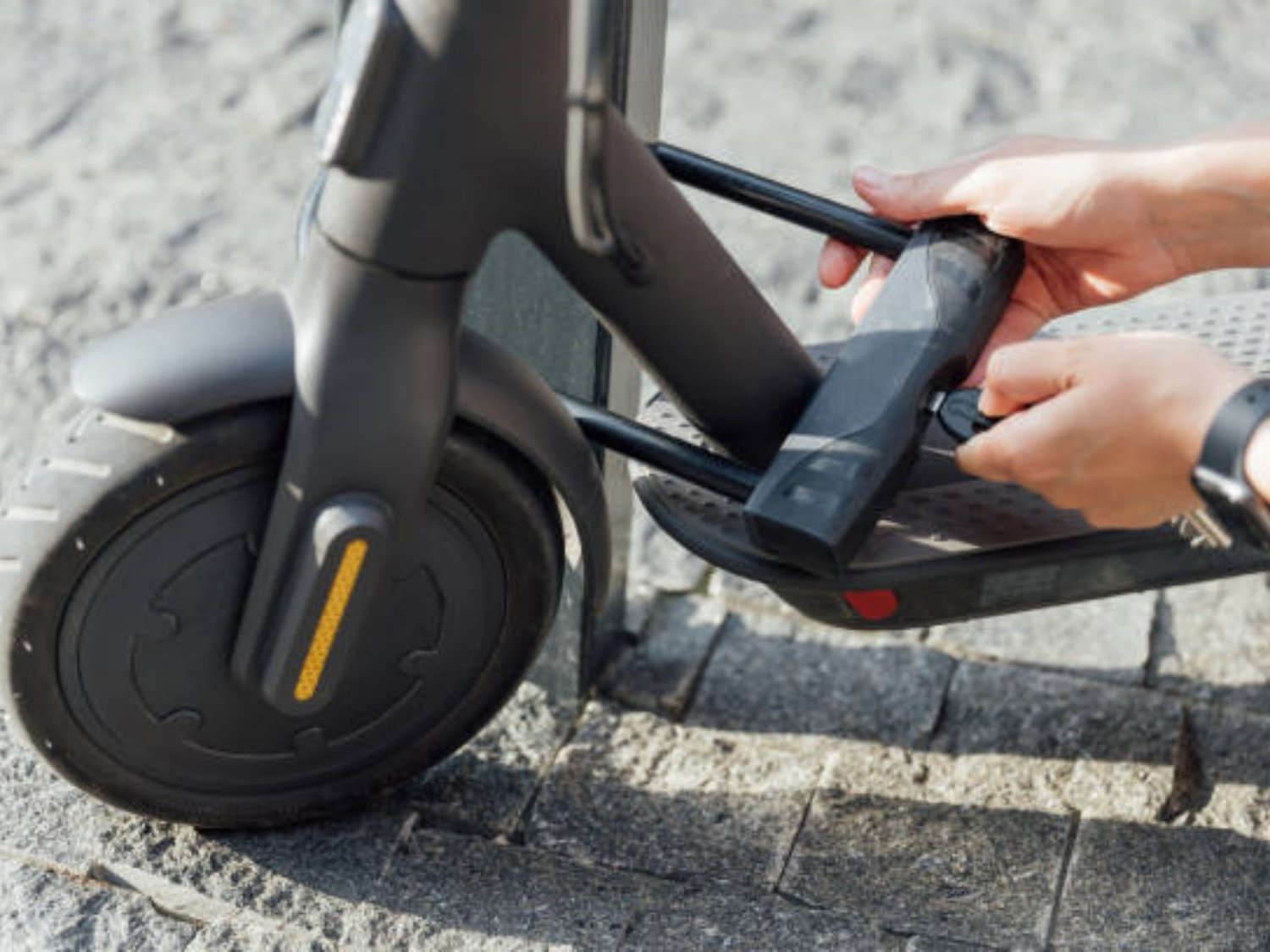Introduction
Modern electric bikes come with lithium-ion battery management systems (BMS) that can monitor the voltage and temperature of the battery. However, sometimes these BMS may fail to function correctly, leading to a shorter battery lifespan, sudden power loss, or reduced performance. In this article, we will discuss ten easy ways to test the BMS on your electric bike and ensure that it is functioning correctly.
Use a Multimeter
The easiest way to test the BMS on your ebike is to use a multimeter. The multimeter can measure the voltage and current flow to and from the battery pack. Connect the multimeter's red lead to the positive BMS output wire and the black lead to the negative BMS output wire. Turn on the bike and monitor the readings. The voltage should be within the manufacturer's recommended range, and any fluctuations indicate a possible BMS issue.
Check for Overcharging/Overheating
A malfunctioning BMS can lead to overcharging or overheating of the battery pack, leading to cell damage and reduced performance. Check the battery pack for bulging or leaking. If the battery pack gets too hot, it could be a sign of a failing BMS. You could also use a thermal imaging gun to check for hot spots on the battery pack surface.
Monitor the Battery's Performance
You can also test your BMS by monitoring the battery's performance. If you notice a significant drop in battery life or a decrease in power output, it could be a sign of a failing BMS. Pay attention to how long it takes to charge the battery and how long it lasts while cycling.
Test the Charging Process
The charging process is an essential component of the BMS, and if the BMS is not working correctly, the charging process may also fail. Connect the battery charger and wait for the battery to charge fully. If the charge time is abnormally long, it could signal a BMS problem.
Perform a Load Test
A load test is a straightforward way of checking the battery's performance while cycling. Start cycling and monitor the distance covered on a single charge. If the range is reduced, it could be a sign of an underlying BMS problem.
Confirm Battery Voltage
Confirm a steady voltage during cycling using a multimeter, battery analyzers, or other instruments. A reduction in voltage signals a possible malfunctioning BMS.
Perform a Discharge Test
Discharge the battery to measure its ampere-hour capacity using a multimeter or specialized equipment. Comparing the measured capacity with what the battery manufacturer claims it should have indicates if the BMS is functioning as desired.
Check the BMS Module
Run a comprehensive check on the BMS module visually and by assessing the circuit board components. If any components appear warped, puffy, or cracked, this indicates a problem that might be due to a failing BMS.
Test Individual Cells
Test the performance of individual cells in the battery pack using specialized equipment. If there's a variance in readings across the circuits, there could be a BMS problem.
Conclusion
Ensuring that your electric bike functions optimally requires testing the battery management system regularly. The methods we have discussed will help you identify possible issues with your BMS and take actions necessary to keep your electric bike functioning correctly. Always follow the manufacturer's recommended guidelines and precautions while performing these tests for your safety.

